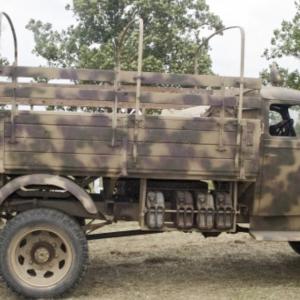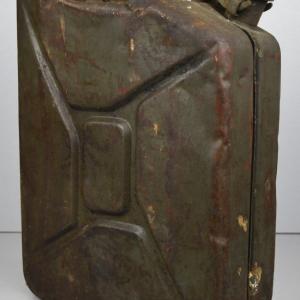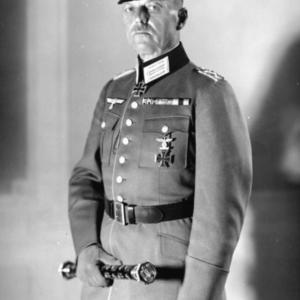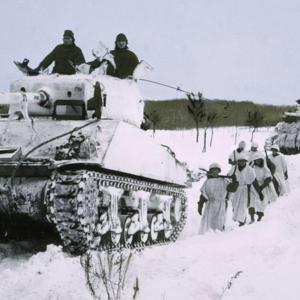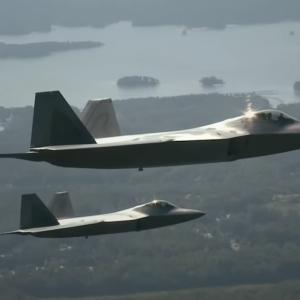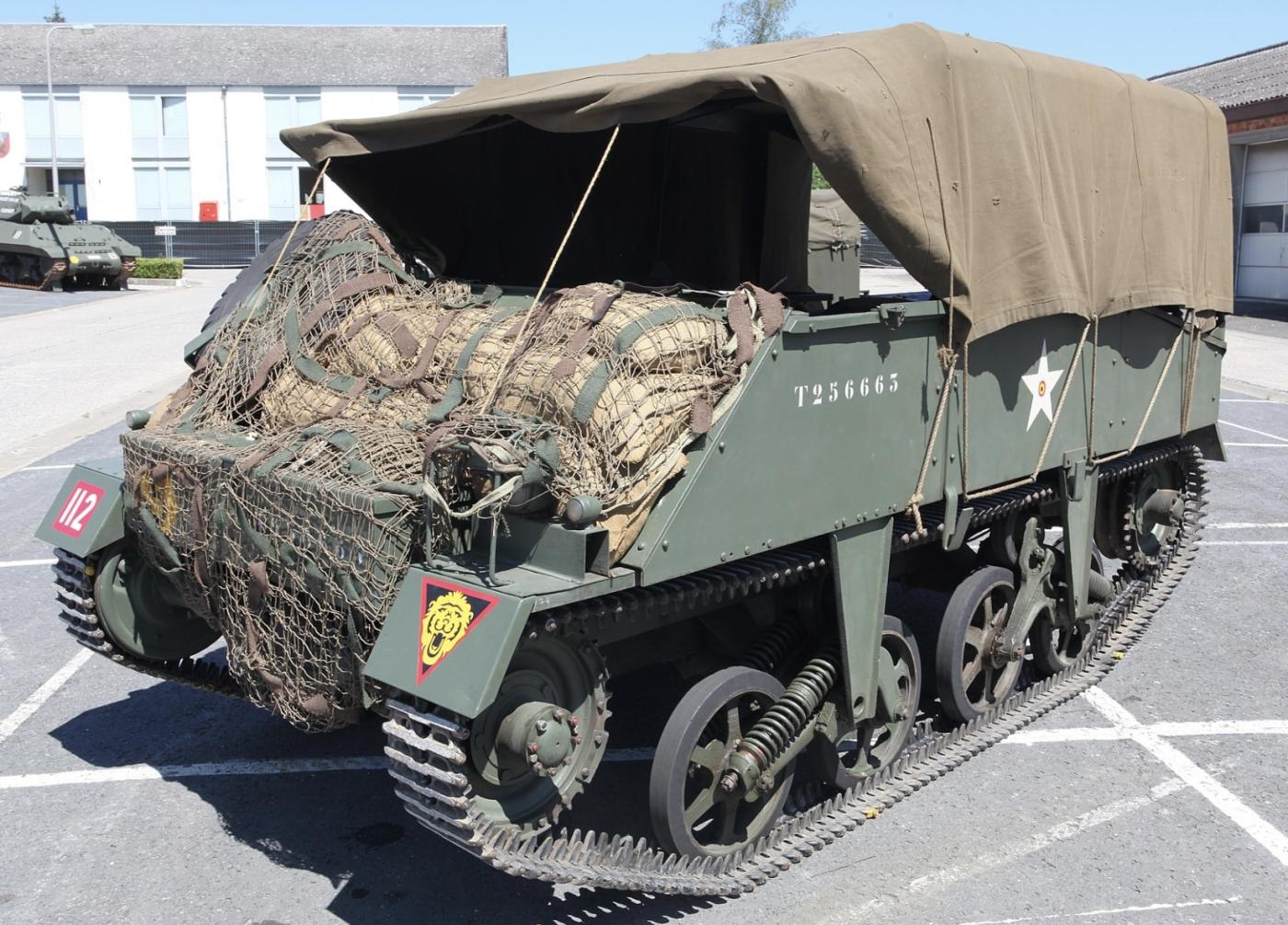
Lloyd Carrier
The Loyd Carrier was a small, tracked military vehicle used by the British Army during the Second World War. Designed in the late 1930s by Captain Vivian Loyd, it was intended to be a light and inexpensive transport vehicle that could carry troops, tow guns, or move supplies across the battlefield. Loyd had earlier experience designing small tracked vehicles, which helped shape the carrier’s practical, no-frills design.
The vehicle was built using many off-the-shelf components, which made it relatively easy and cheap to produce. The engine, gearbox, and other mechanical parts came from standard commercial trucks, particularly the Fordson 7V 15-cwt lorry. This approach allowed manufacturers to ramp up production quickly without needing to develop entirely new parts. The tracked running gear was adapted from the more famous Universal Carrier, which gave it reasonable off-road ability.
Production of the Loyd Carrier began around 1939, with several British manufacturers contributing to the effort, including Ford, Wolseley, Dennis, and Sentinel. Over the course of the war, approximately 26,000 units were built. They came in several versions, including personnel carriers, artillery tractors, cable-laying vehicles, and even workshop and signal units.
In its most common form, the Loyd Carrier could carry a driver and up to eight passengers, usually infantry troops or gun crews. It was often used to tow anti-tank guns like the 2-pounder or 6-pounder, with room inside to carry the crew and ammunition. Other variants were stripped down to make them lighter or were equipped with small cranes, cable reels, or radio gear, depending on their role.
The vehicle had a top speed of around 30 miles per hour and could travel roughly 125 miles on a full tank. It weighed between 3.8 and 4.5 tonnes depending on the version and had light armour protection, typically only a few millimetres thick. Most were open-topped, offering little protection from overhead threats but allowing for easier access and loading.
In terms of reliability, the Loyd Carrier was generally serviceable, especially given its simple construction and use of widely available parts. While not as rugged or versatile as the Universal Carrier, it was seen as easier to maintain and good enough for support roles. In rough terrain or harsh weather, it could struggle compared to heavier tracked vehicles, but for the purposes of towing, supply runs, and troop movement, it performed adequately.
Though not designed for combat, some Loyd Carriers were fitted with light machine guns, such as the Bren gun, mainly for self-defence. There were no versions with built-in heavy armament during the war, though after the war, some countries modified them to carry larger weapons. One example was a Belgian postwar version that mounted a 90mm gun, turning it into a light tank destroyer.
The Loyd Carrier never received the same recognition as some of its wartime counterparts, but its value was in its simplicity and utility.

